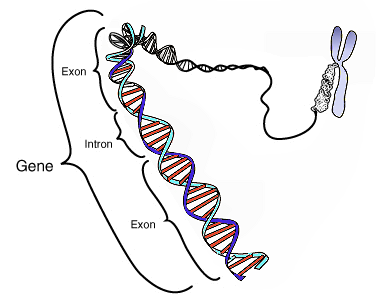Scientists have discovered a new way to treat Huntington’s disease, thanks to CRISPR technology. Their research has reduced symptoms of the disease in the mice that they tested on.
Huntington’s Disease, which is a neurological disorder, is caused by a genetic mutation in the HTT gene. More specifically, repetitive and damaging sequences in the HTT gene cause Huntington’s disease. It causes progressive loss of movement, coordination, and cognitive functions.
Researchers have discovered a possible solution to these symptoms: CRISPR technology.
According to the article, “CRISPR is a genome-editing tool that allows scientists to add, remove or alter genetic material at specific locations in the genome.” One of the risks of CRISPR use is that it can affect off-target genes and molecules, causing unwanted alterations in chromosomes and genes.
Study author Gene Yeo, PhD, explains how our cells struggle to copy repetitive DNA, which can lead to errors that cause repetitive sequences to increase with each generation. As we learned in class, the process to copy DNA is a complex one where there are many factors at play. DNA is replicated in a semi conservative manner, meaning that the old DNA strands are conserved and combined with the new, complementary strands. There is a replication fork, with a leading and lagging strand, on which DNA is replicated in the 5’-3’ direction. For replication on the leading strand, RNA primase adds RNA, DNA polymerase III adds nucleotides to the open end of the RNA, then a sliding clamp attaches to the DNA polymerase III and slides it along the strand, resulting in the leading strand being synthesized.
The scientists directly targeted the RNA involved in the DNA replication process to remove toxic protein buildup that is responsible for the mutation in the HTT genes. They were able to complete this process using CRISPR, and without disrupting other important genes.
After testing on mice, they reported that their research has resulted in improved motor coordination, less striatal degradation and reduced toxic protein levels. These improvements on the mice’s condition lasted for up to 8 months, and had no on other RNA molecules, making scientists optimistic that this treatment could be effective for humans.



Leave a Reply